Sinner joked that the changes to the finals day left him confused, while the ATP responded by claiming the adjustments were made in the best interests of the players.
The Cincinnati schedule has become a hot topic lately, with the finals day drawing especially harsh feedback. Rain delays had backed up matches, but if both men's and women's semifinals finished in one day, the finals wouldn't need to move from Sunday to Monday. Nonetheless, Cincinnati ultimately scheduled the finals for Monday afternoon. Additionally, this was the first time the men's final took place before the women's, which upset many fans.
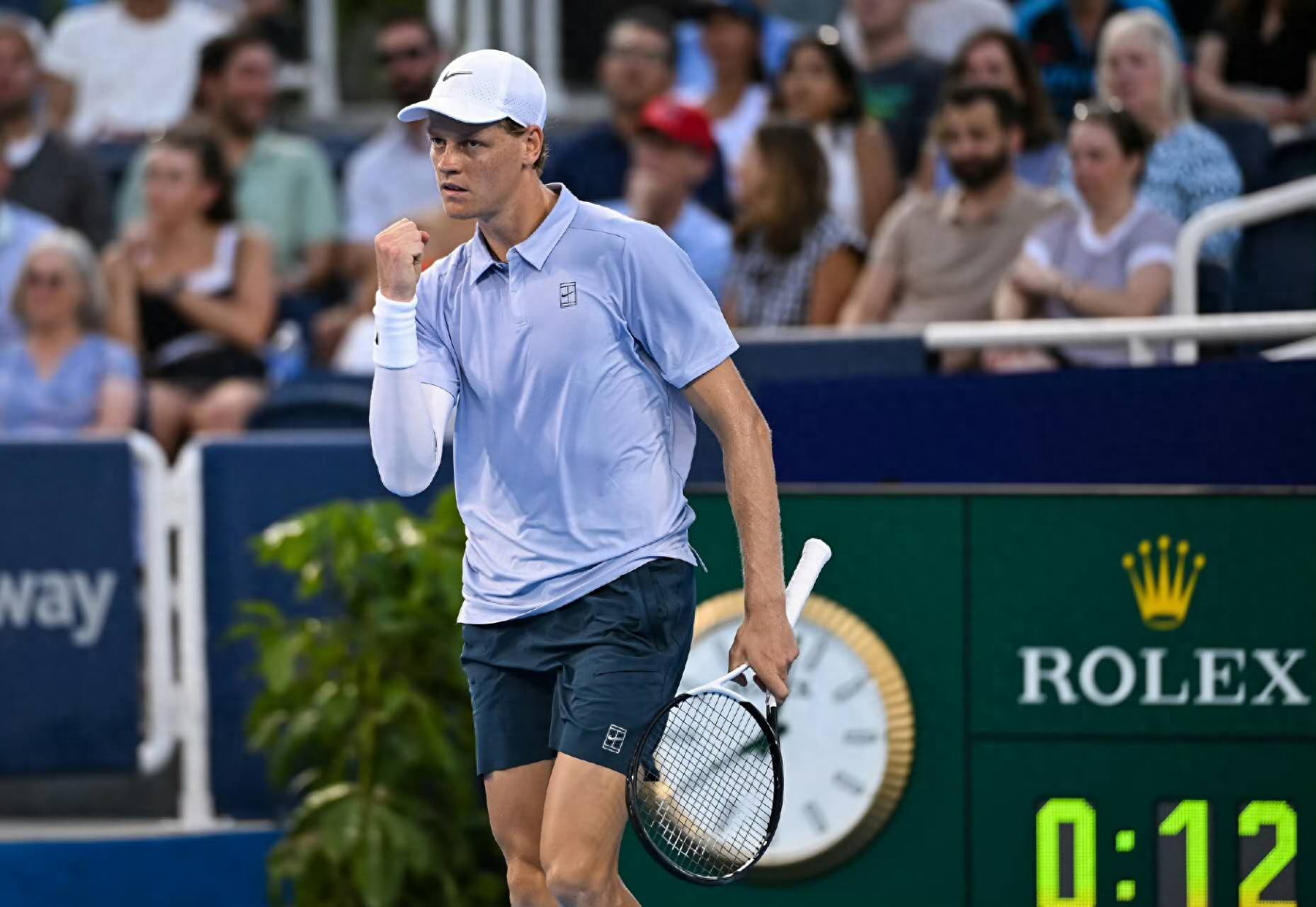
World No. 1 Sinner spoke candidly about the changes, saying, "I can't even figure out when the finals are anymore! It used to always be on Sunday, but now Cincinnati is on Monday, Toronto sometimes goes into Wednesday or Thursday—it's all very confusing." He added that he misses the compact week-long tournaments: "Monte Carlo's first round was always exciting, and even when seeds lost early, the tournament stayed interesting. Now our training time is squeezed."
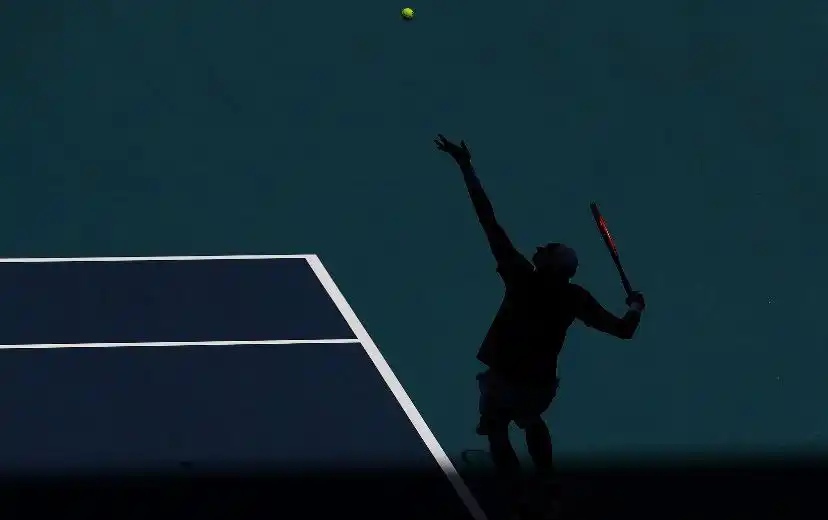
Sinner’s comments resonated with many players. One told L'Équipe, "Playing 14 days in a row is the new normal. Sometimes you have to rush to the next tournament with bandages still on after a match, because withdrawing means a fine." A new joke in the locker room is that the players' lounge clock now only has two labels: "Match Day" and "Travel Day."

Confronted with mounting criticism, ATP Chairman Gaudenzi released a lengthy statement within 24 hours. His main argument was that these changes are meant to maximize benefits for players, insisting that without commercial interests, tradition alone would not provide the financial support players need.
"Extending the schedule is the key to unlocking profit potential," Gaudenzi stressed, saying the reforms had been discussed for years. "We've worked with the Player Council for a long time to reach these changes, aiming to increase player earnings: pension coverage has grown from 165 players to 300, Challenger prize money has doubled since 2022. Big tournaments drive business—look at record prize pools and hundreds of millions invested in infrastructure in Rome, Madrid, Shanghai, and Cincinnati. None of this would be possible without a 12-day window. We need 5-10 years for a mature 50/50 profit-sharing model—then Masters events will see exponential growth across the board!"
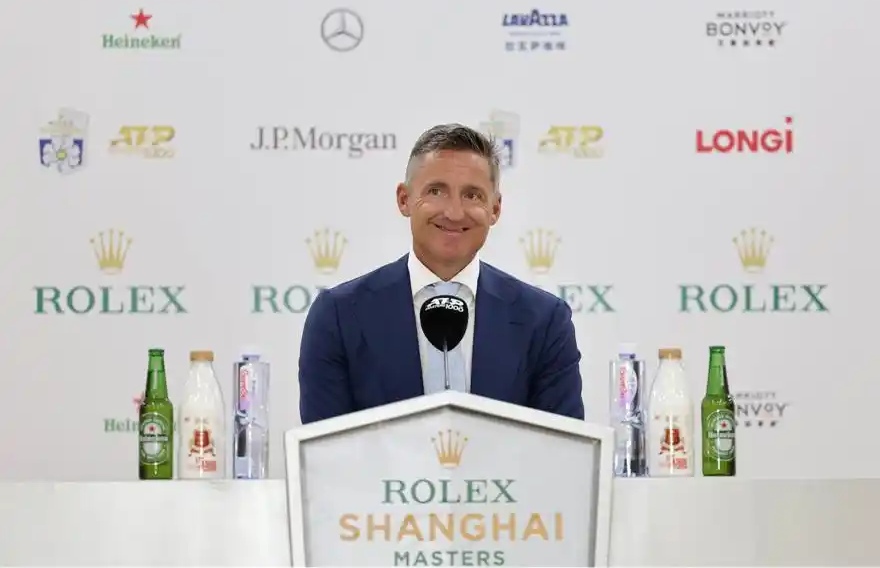
Gaudenzi also explained the direct reason for the extended format: "Actually, ATP decided to expand the Masters 1000 draw to allow more players to participate. Turning a one-week tournament into two weeks is a result of increasing the field from 56 to 96 participants, which completely threw off the calendar planning."
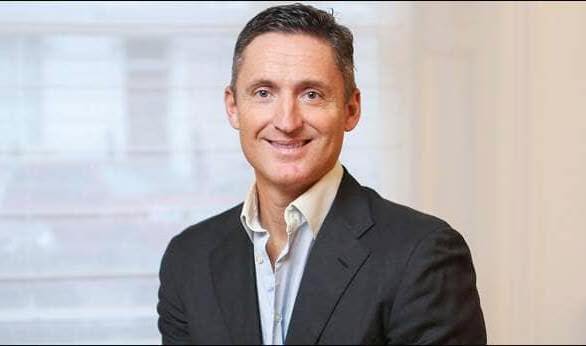
But former Wimbledon champion Pat Cash sharply commented in his Times column: "It’s like forcing a community football team into the Champions League! In the end, qualifiers grab their first-round check and leave, while the audience gets stuck watching 6-0, 6-1 blowouts."
Statistics highlight the imbalance: in this year’s Indian Wells first round, 56% of matches lasted less than 90 minutes; Madrid saw a single day with 11 straight-set blowouts. Tournament directors privately complain, "Broadcasters demand stars in the night sessions, so top players like Djokovic had to finish matches late into the night several times last year."
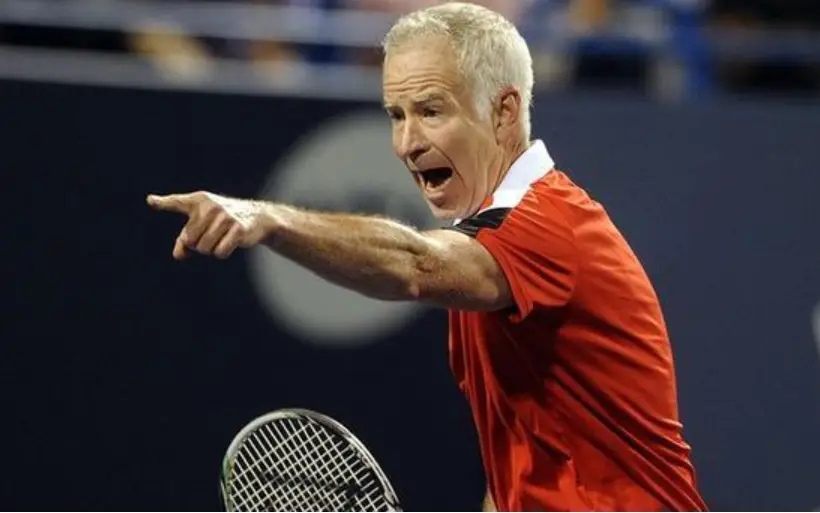
Tennis legend McEnroe blasted the current ATP schedule as "distorted and twisted" on ESPN: "They call this evolution? It’s murder for the soul of tennis!" He displayed the 1984 calendar: only 12 tournaments all year, and players averaged 23 days of rest before the Masters Cup. Now, players are treated like assembly line parts; last year, Alcaraz missed several events due to injury but still played over seventy matches!
Former US Open director Crill pointed out the core conflict: "ATP wants to be both a business and a players’ union—like asking a fox to guard the henhouse. Unless an independent players’ association is set up, protests will always fall short."
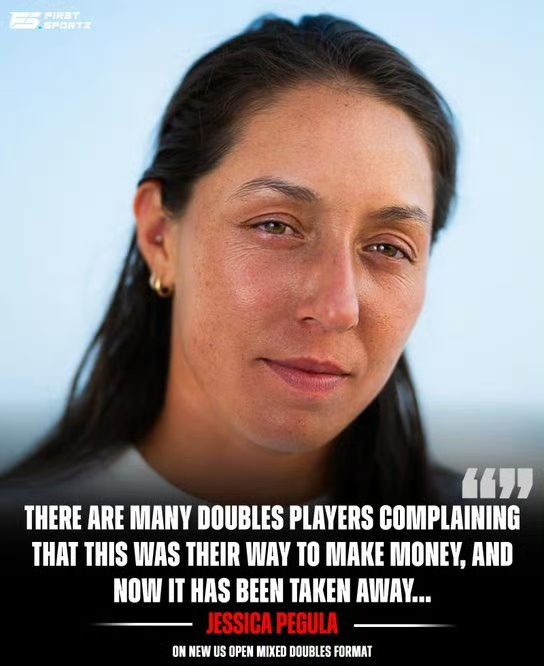
The ongoing tension between players and the schedule brings to mind what the kind-hearted Pegula said recently about the US Open’s mixed doubles overhaul: "They changed the format without telling anyone. They just went ahead and did it." Clearly, even those within the sport lack real choice or say when it comes to business interests—a harsh reality. As The Guardian sharply concluded, "When the commercial engine is running at full speed, those who long for Sunday glory will end up as mere zeros behind the prize money."(Source: Tennis Home Author: Lu Xiaotian)







 Links
Links
 Contact
Contact
 App
App


